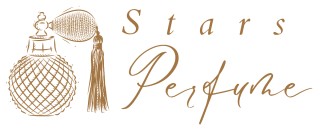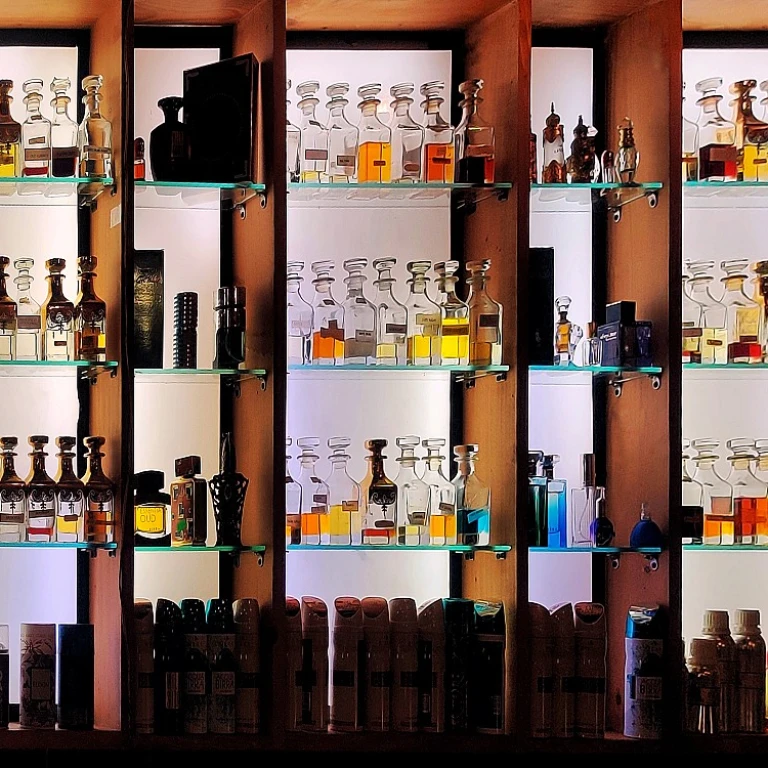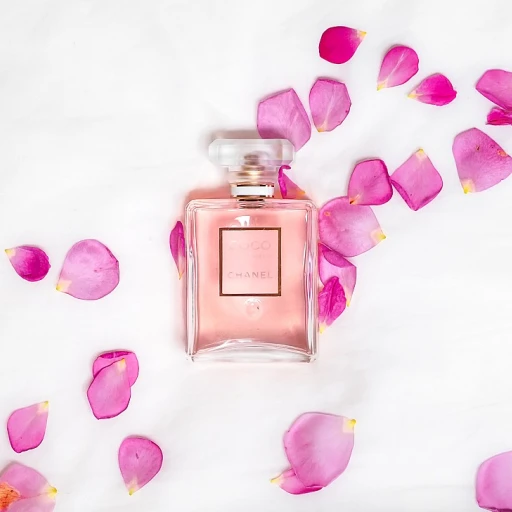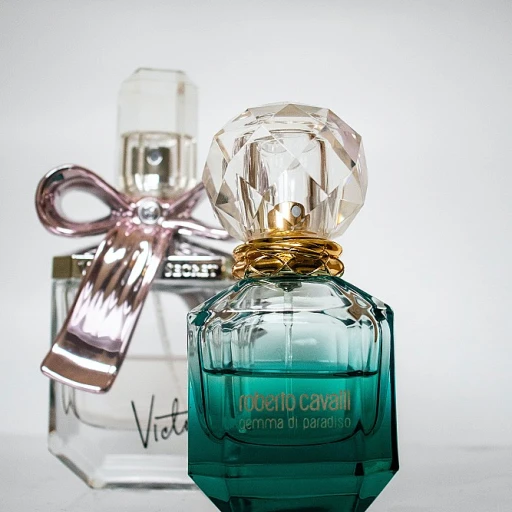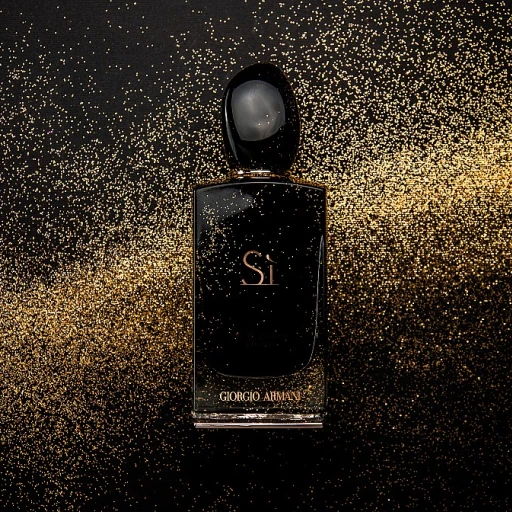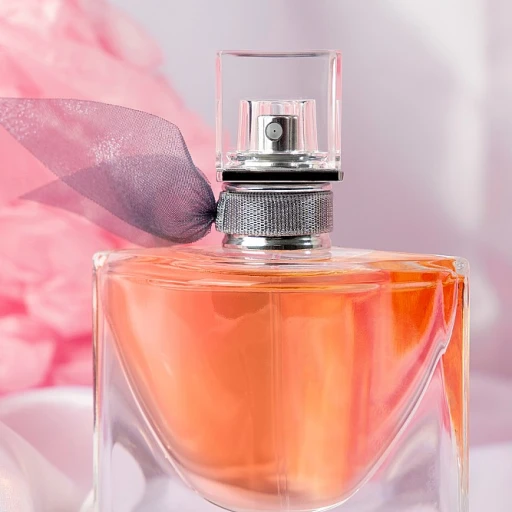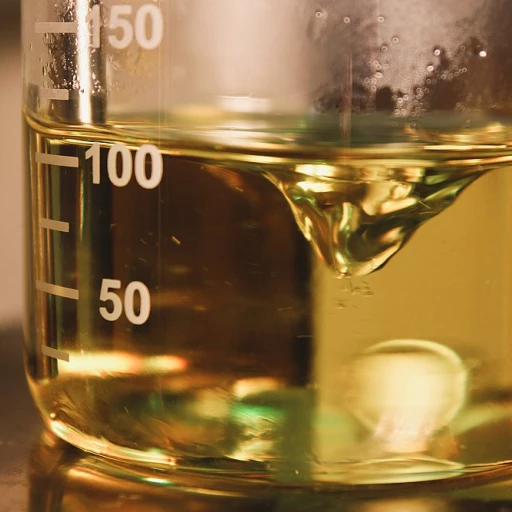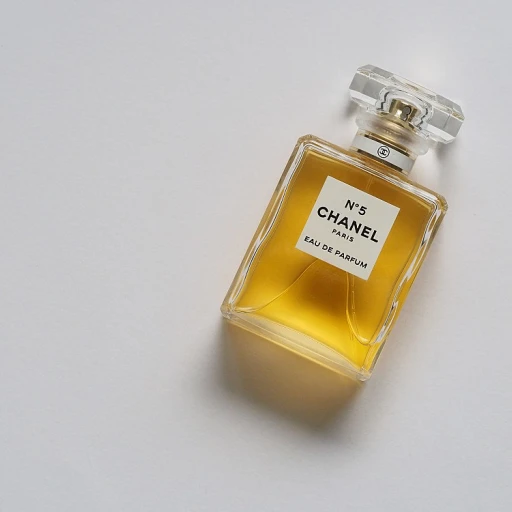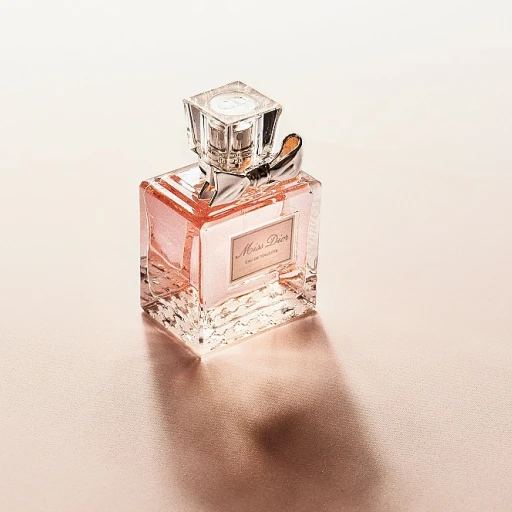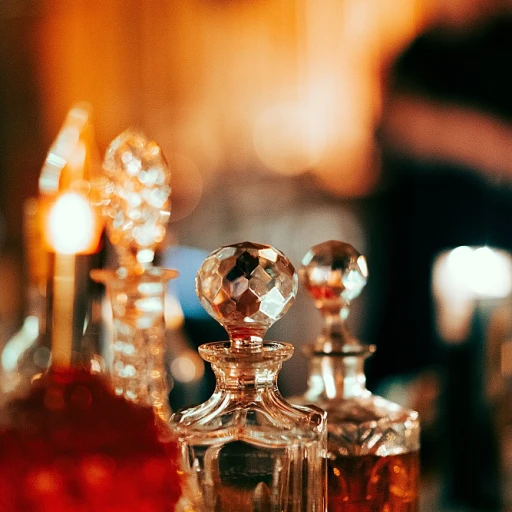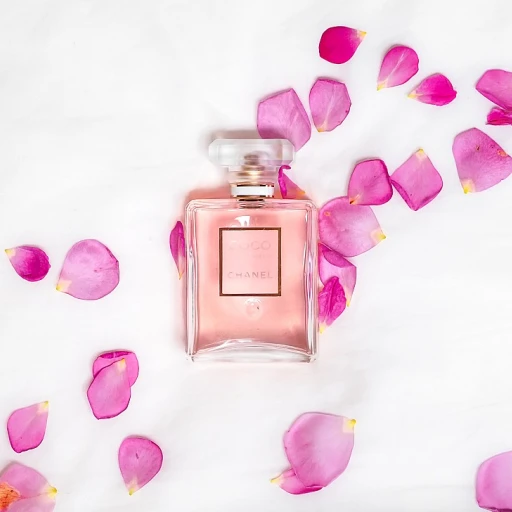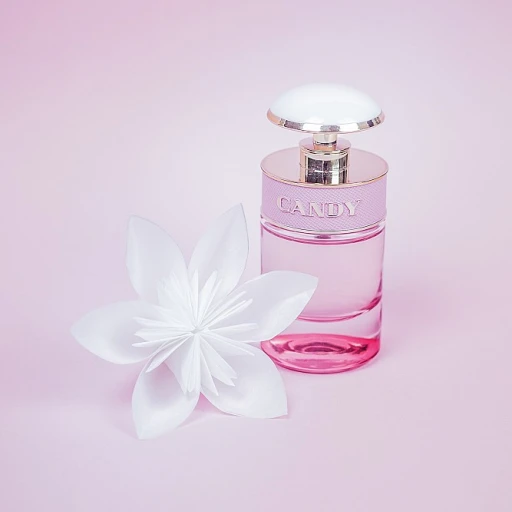
The Essence of Concentration
The Core of Fragrance Concentration
When diving into the world of perfumes, understanding the difference between eau de parfum and parfum is essential. The primary factor that sets these two apart is the concentration of perfume oils. This concentration directly influences the scent profile, longevity, and even the price of the fragrance.
Parfum, also known as extrait de parfum, contains the highest concentration of perfume oils, typically ranging from 20% to 30%. This higher concentration means that parfum offers a richer and more intense fragrance experience. On the other hand, eau de parfum (EDP) has a slightly lower concentration, usually between 15% and 20%. This makes EDP a popular choice for those who desire a balance between intensity and subtlety.
The concentration of a fragrance not only affects its intensity but also its longevity and projection. Parfum, with its higher concentration, tends to last longer on the skin and projects more prominently, making it ideal for special occasions. In contrast, eau de parfum offers a more moderate projection, suitable for daily wear.
For those looking to explore further into the nuances of fragrance types, including eau de toilette and eau de cologne, understanding these concentration levels can be a guiding factor in selecting the perfect scent.
Scent Longevity and Projection
Exploring the Projection and Longevity of Perfume
When you step into the nuanced world of fragrances, the difference between eau de parfum and parfum significantly impacts projection and longevity, a critical factor for many perfume enthusiasts. Comprehensive understanding of these aspects can truly elevate your fragrance experience.- Longevity: The concentration of perfume oil in a fragrance dictates how long it lasts on your skin. Parfum, with a higher concentration perfume content, hovers around 15-40%, making it more enduring. Meanwhile, eau de parfum, featuring a concentration between 15-20%, generally sustains well but is slightly shorter in persistence compared to its more concentrated counterpart. For those yearning for lasting scents through a typical day or evening, understanding concentration levels helps in choosing one that aligns with your needs.
- Projection: When evaluating projection, parfums have a more subdued and intimate scent travel because of their dense perfume concentration. Eau de parfum, in contrast, may fill a room more prominently due to lesser density, but nonetheless, it still respects the notion of moderate sillage.
Price Point Considerations
Financial Implications of Different Concentrations
When considering the difference between eau de parfum and parfum, the price point stands out as a significant factor. Perfume concentration plays a critical role in determining the cost. Generally, parfum extrait or extrait de parfum, with its higher concentration of perfume oils, commands a premium price compared to other fragrances like eau de toilette (EDT) and eau de parfum (EDP).
This difference is often justified by the percentage of essential oils within the fragrance. Parfum, with 20-30% oil concentration, offers a richer and more intense scent experience, which is reflected in its cost. In contrast, eau de parfum showcases a concentration of 15-20%, while products like toilette eau maintain a 5-15% range. The notable longevity and scent projection of parfum further bolster its value proposition.
When shopping for a fragrance that suits your budget and lifestyle, understanding these nuances can greatly enhance your decision-making process. Individuals seeking luxurious experiences may gravitate towards parfum eau, despite its higher cost, while those looking for everyday wear at a more affordable rate might opt for an eau cologne or eau fraiche, which provide lighter alternatives.
Finally, when choosing between fragrance types, remember the vast array of gift sets available that allow for sampling before settling on a full-sized bottle. These sets can offer fragrances of varying concentrations, giving you a taste of both worlds without the initial hefty investment.
Occasions and Suitability
Choosing the Right Concentration for Every Occasion
When selecting the ideal fragrance for different occasions, understanding the concentration of your chosen scent is fundamental. The concentration of perfume in a bottle determines not only its strength but also its suitability for various settings. For everyday wear, lighter fragrances like Eau de Toilette (EDT) or Eau de Cologne may be more appropriate. These options have a lower concentration of perfume oil, resulting in a subtler aroma that is perfect for casual outings and office environments. Their understated projection keeps things fresh without overwhelming the senses of those around you. On the other hand, evenings out or special occasions may call for something more profound and enduring, such as Eau de Parfum or Parfum Extrait. With a higher concentration, these fragrances fill the room with longer-lasting sillage, allowing you to make a lasting impression at formal events or night gatherings. However, selecting the right fragrance is not only about concentration but also about personal preference and skin chemistry. The main difference between choosing an Eau de Toilette or a Parfum often ties back to individual taste and the desired impact in various environments. Gift sets usually include a mix of these concentrations, offering versatility for any setting. When shopping for a new scent, consider the event and the ambiance you wish to create. Whether you're drawn to the subtle nature of an Eau de Toilette or the bold statement of a Parfum, understanding these nuances will ensure that you leave a memorable trace suited to every occasion.Skin Chemistry and Personal Preference
Influence of Skin Chemistry on Fragrance
Skin chemistry plays a pivotal role in how a fragrance develops and is perceived. A perfume that smells divine on one person may not have the same effect on another. This variance is due to several factors, including the natural oils in your skin, your pH balance, and even the environment.
When selecting between an eau de parfum and a parfum, consider how your skin interacts with different fragrance concentrations. An individual with oily skin may find that they can wear lighter concentrations, such as eau de toilette or eau cologne, with lasting results. Meanwhile, someone with dry skin might prefer the intense aroma of a parfum or extrait parfum, as these often boast a higher concentration of fragrance oils.
It's worthwhile to test scents on your own skin before making a purchase. Fragrance shops typically offer testers to help you make an informed choice. Remember, perfumes will evolve over time, subtly changing as the initial top notes dissipate to reveal the heart notes and eventually the base notes.
Personal preference also comes into play. Some individuals gravitate towards the richer, more luxurious aura of parfum concentrations, while others might prefer the lightness of a fresher toilette eau. Essentially, understanding your fragrance preferences alongside your skin's interaction can guide you to the perfect scent match.
Storage and Preservation Tips
Preserving Your Fragrance’s Potency
Properly storing fragrances such as eau, parfum, or even sensitive concentrations of extrait parfum can significantly influence their longevity and ultimate scent quality. Storage conditions can alter the fragrance concentration, affecting the scent’s projection and overall appeal.- Keep Away from Light: Whether your choice is a eau de parfum or a parfum extrait, ensuring that your fragrance is kept in a dark place can prevent harmful UV rays from degrading the perfume oil. Exposure to light can lead to changes in the scent notes and color alterations.
- Avoid Heat: High temperatures can lead to evaporation of essential perfume oils, reducing the concentration perfume of your choice. A cool, stable environment, such as a drawer or a closet, can help maintain the integrity of the fragrance.
- Limit Air Exposure: Intermittent air exposure can cause oxidation, altering the scent of your favorite cologne or eau parfum. Ensure the cap is securely fastened after each use. Consider automatic sprayers for a touchless experience.
- Storage Location: A bathroom shelf might seem convenient, but frequent temperature fluctuations and humidity from showers can affect perfumes. Opting for a dresser or a dedicated cabinet can help.
